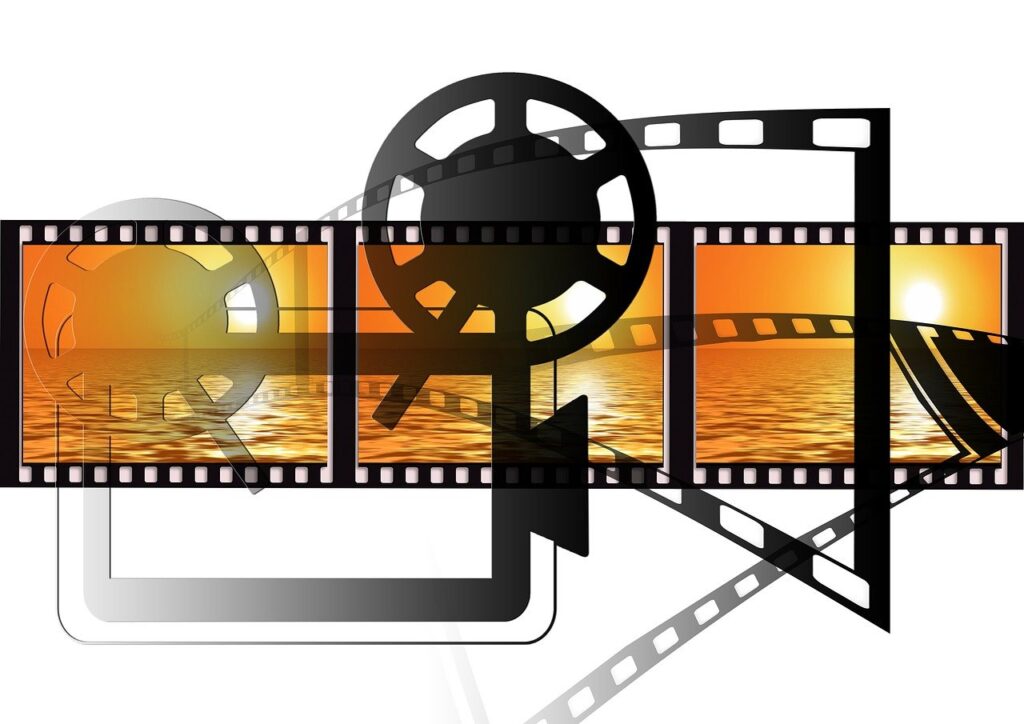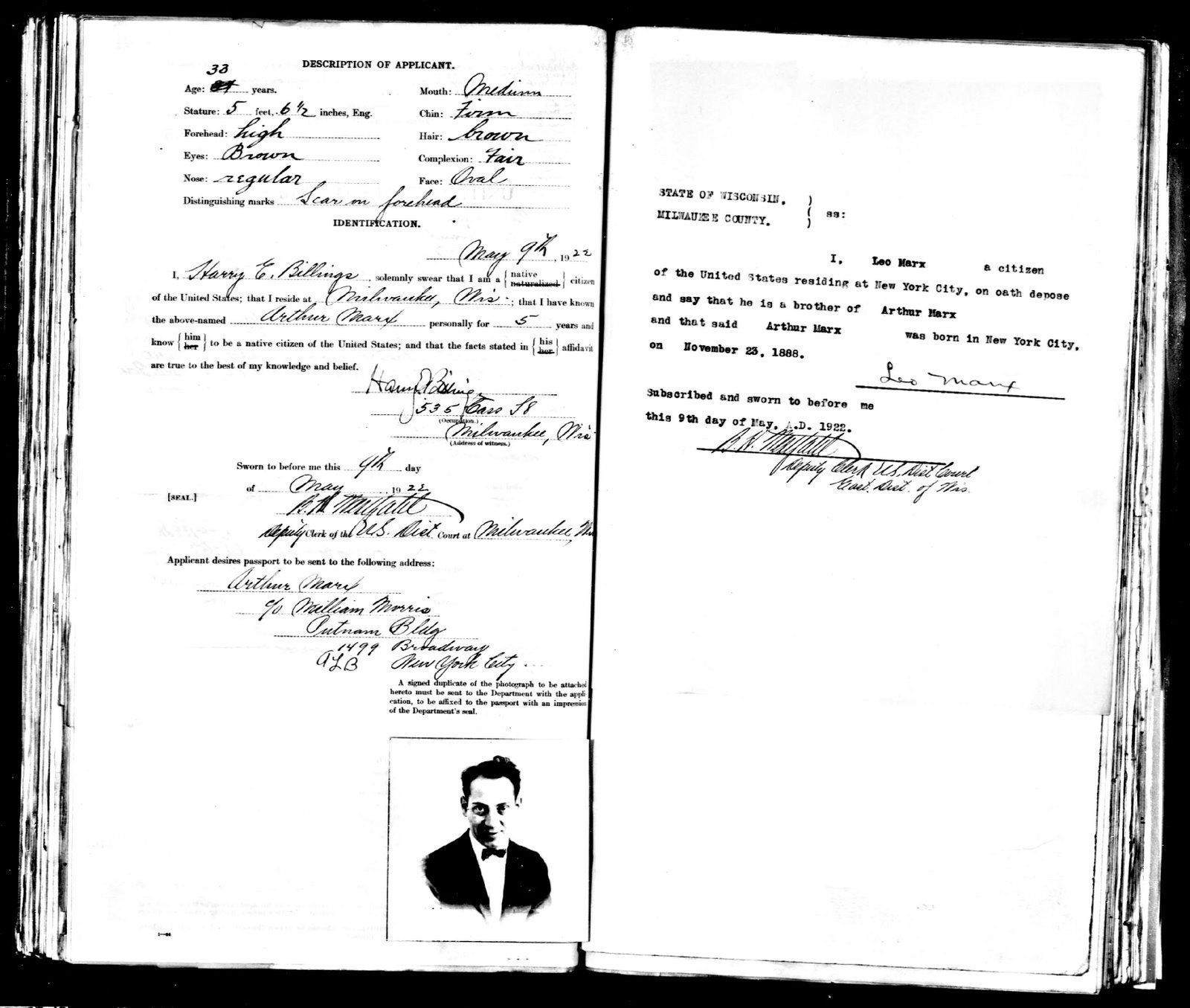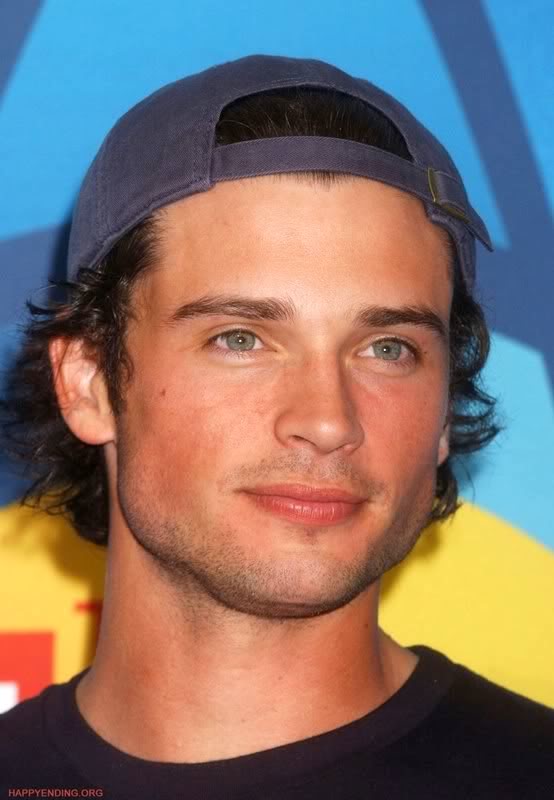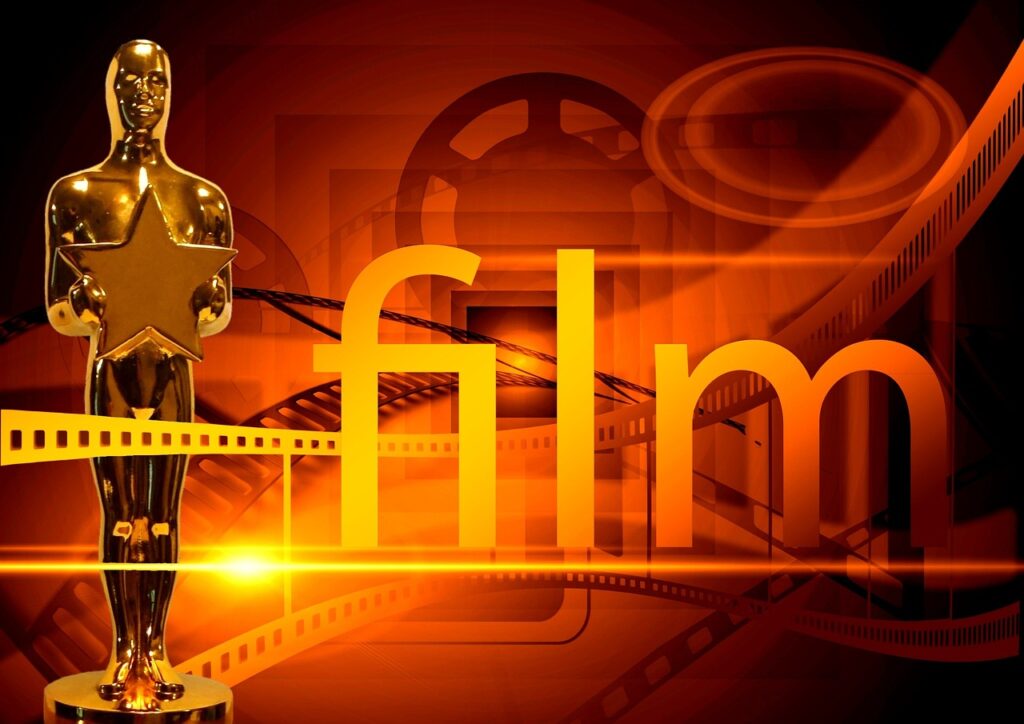
If you consider yourself a true horror fan, you’ll appreciate everything the genre has to offer, from its earliest, flickering shadows to the cutting-edge scares of today. There’s an undeniable power in the classics, a staying power that transcends generations, proving that genuine terror isn’t bound by budget or modern effects. These cinematic milestones have etched themselves into our collective consciousness, reminding us why we keep coming back for more.
Our journey into the annals of fear starts with the foundational works, the films that dared to explore the darkness within and without, setting the stage for every scream that followed. From popular black-and-white monster movies to the incredible Alfred Hitchcock films, these pictures laid the groundwork, showing us that horror isn’t just about jump scares; it’s about unsettling truths, psychological torment, and the primal fears that linger long after the credits roll. They’re the old reliables in the genre, worth watching again and again.
So, prepare to dim the lights, perhaps grab a comforting blanket, and join us as we embark on a thrilling exploration of the classics that have not only defined horror but continue to make our spines creep. These are the undisputed legends, the essential viewing for any self-respecting scary movie buff, each a testament to the enduring art of terror.

1. **Nosferatu (1922)**It truly doesn’t get much more “classic” than F.W. Murnau’s *Nosferatu*, a scare-fest from 1922 that, despite its silent nature, still sends shivers up the spine. This seminal work didn’t just introduce audiences to a chilling take on Dracula; it set the very standard for vampire movies for the next century, influencing countless iterations of the bloodsucking fiend.
Recognized as one of the silent era’s most influential masterpieces, *Nosferatu* remains a powerful experience. Its eerie, gothic feel is palpable, a pervasive atmosphere of dread built upon shadows and a truly chilling performance from Max Schreck as the vampire, Count Orlok. The film’s enduring legacy is so profound that its influence can still be felt in modern cinema, even inspiring a remake by Robert Eggers in 2024.
The critics certainly agree, hailing it for its ability to set the template for horror films that followed. The consensus praises *Nosferatu*’s “eerie, gothic feel” and “chilling performance from Max Schreck,” cementing its place not just as a horror classic but as a monument in film history. It’s a foundational piece, exploring fear through stark visuals and an undeniable sense of foreboding that continues to resonate.
Read more about: Know the Legends? These 14 Scream Queens Were the Terrifying Rulers of Horror Across the Decades!
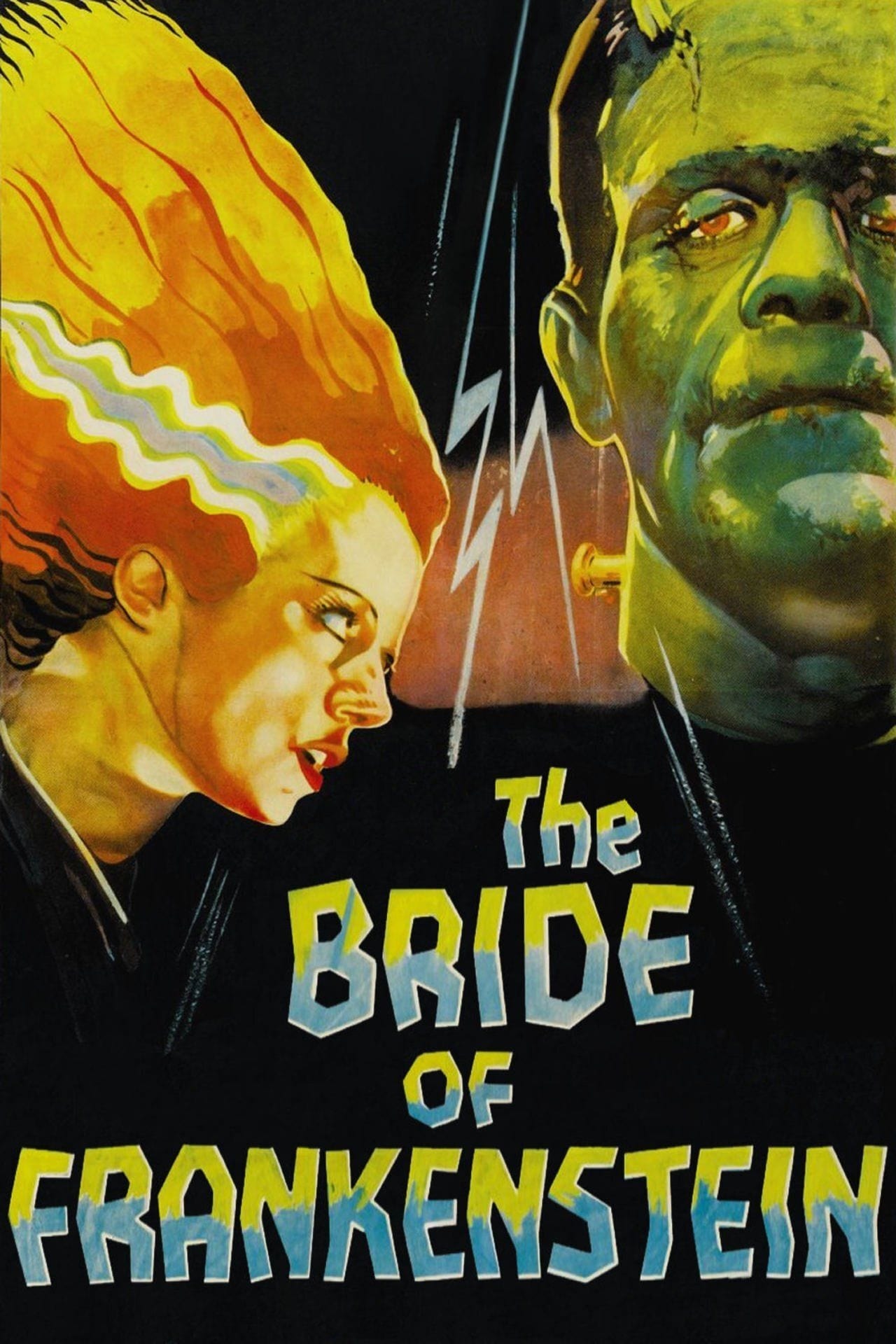
2. **Bride of Frankenstein (1935)**Emerging from Universal Pictures’ iconic monster movie wave of the Old Hollywood era, *Bride of Frankenstein* stands as an indispensable piece of horror history. Its influence extends far beyond its runtime, spawning a slew of pop culture references that have permeated film, television, and art for decades. For this reason alone, the film should be required viewing for all true film buffs.
James Whale’s direction delivers an eccentric, campy, and technically impressive picture that is also genuinely frightening. The film’s narrative, following Dr. Frankenstein’s recovery and the creation of his equally iconic female counterpart, offers both psychological depth and visual spectacle. It masterfully balances moments of grand horror with a darkly comedic sensibility.
Critics have lauded *Bride of Frankenstein* for aging remarkably well, maintaining its unique charm and power through the decades. The consensus highlights its blend of “eccentric, campy, technically impressive, and frightening” qualities, firmly establishing it as a masterpiece. It’s a testament to the creativity of its era, demonstrating how character, atmosphere, and a touch of the macabre can combine to create something truly everlasting.
Read more about: Hold Up! These 14 Movie Sequels Absolutely Crushed Their Originals, And We’re Here For It!
_theatrical_poster_(retouched).jpg)
3. **Psycho (1960)**When the conversation turns to classic horror, an almost instantaneous image springs to mind: the raised knife in the infamous shower scene from Alfred Hitchcock’s *Psycho*. More than 50 years after its release, this film remains thoroughly terrifying, a masterclass in suspense and psychological dread that cemented Hitchcock’s legendary status as the “master of horror.”
*Psycho* didn’t just contribute to the horror genre; it revolutionized it. Filmed with unparalleled tact, grace, and art, Hitchcock didn’t merely create modern horror, but, as the critics’ consensus eloquently states, “he validated it.” His daring narrative choices, unsettling character studies, and innovative camerawork shattered cinematic conventions, proving that true terror could emerge from the mundane and the deeply personal.
Phoenix secretary Marion Crane’s fateful decision to steal $40,000 and her subsequent stay at the Bates Motel unfolds into a nightmarish descent. The film’s psychological precision, coupled with Anthony Perkins’ iconic portrayal of Norman Bates, crafts a chilling experience that resonates deeply. *Psycho* is a foundational text in understanding the genre’s evolution, a suspense thriller that continues to shock and analyze the darkest corners of the human psyche.
Read more about: Unmasking Mayberry’s Floyd: The Poignant Life and Enduring Legacy of Howard McNear, The Andy Griffith Show’s Beloved Barber

4. **The Birds (1963)**Another indelible mark from the “master of horror,” Alfred Hitchcock, comes in the form of 1963’s *The Birds*. This film taps into a primal fear by taking something utterly ordinary—regular, average, not-monstrous birds—and twisting it into a relentless, visceral threat. It’s a terrifying premise executed with chilling precision, making audiences question the safety of the skies above.
The film plunges a whole town into chaos as these seemingly innocuous creatures turn on humanity, viciously attacking them without clear motive or warning. It’s an unsettling study in ecological horror, demonstrating how easily the natural world, when pushed to extremes, can become an unstoppable force of terror. The everyday becomes horrific, leaving audiences genuinely scared to step outside for weeks after viewing.
*The Birds* serves as a stark reminder of Hitchcock’s genius in crafting suspense from unexpected sources. It forgoes traditional monstrous villains for a pervasive, avian menace, proving that the most effective horror can often be found in the familiar turned sinister. Its enduring power lies in its ability to instill a deep-seated unease about our environment and the creatures with whom we share it, a truly unique entry in the horror canon.
Read more about: Mitzi Gaynor, Effervescent Star of Hollywood Musicals and Stage, Dies at 93, Reflecting on a Dazzling Legacy
5. **Rosemary’s Baby (1968)**Adulting, as the saying goes, is scary enough on its own, but imagine adding genuinely demonic elements to the equation, specifically the premise of giving birth to the literal spawn of Satan. This horrifying concept is precisely what drives 1968’s *Rosemary’s Baby*, a film that is every bit as terrifying as its sinister premise suggests. Roman Polanski’s masterpiece delves deep into paranoia and psychological manipulation.
Waifish Rosemary Woodhouse (Mia Farrow) and her husband move into a new apartment, only for Rosemary to slowly descend into a nightmare where she suspects her neighbors and even her husband are part of a sinister plot against her unborn child. The film expertly builds a suffocating atmosphere of dread, as Rosemary’s isolation and growing terror become incredibly palpable to the audience. Mia Farrow’s committed performance as a young wife coming to believe her offspring is not of this world is simply captivating.
The critical consensus praises *Rosemary’s Baby* as a “frightening tale of Satanism and pregnancy that is even more disturbing than it sounds.” It benefits greatly from the “convincing and committed performances by Mia Farrow and Ruth Gordon,” who earned an Oscar for her role. This film remains a disturbing exploration of fear, control, and the ultimate violation, leaving viewers unnerved by its insidious, slow-burn terror and its profound psychological impact.
Read more about: Hold Up! These 14 Horror Movies Truly Deserve Their Infamous Reputations – And We’ll Tell You Why
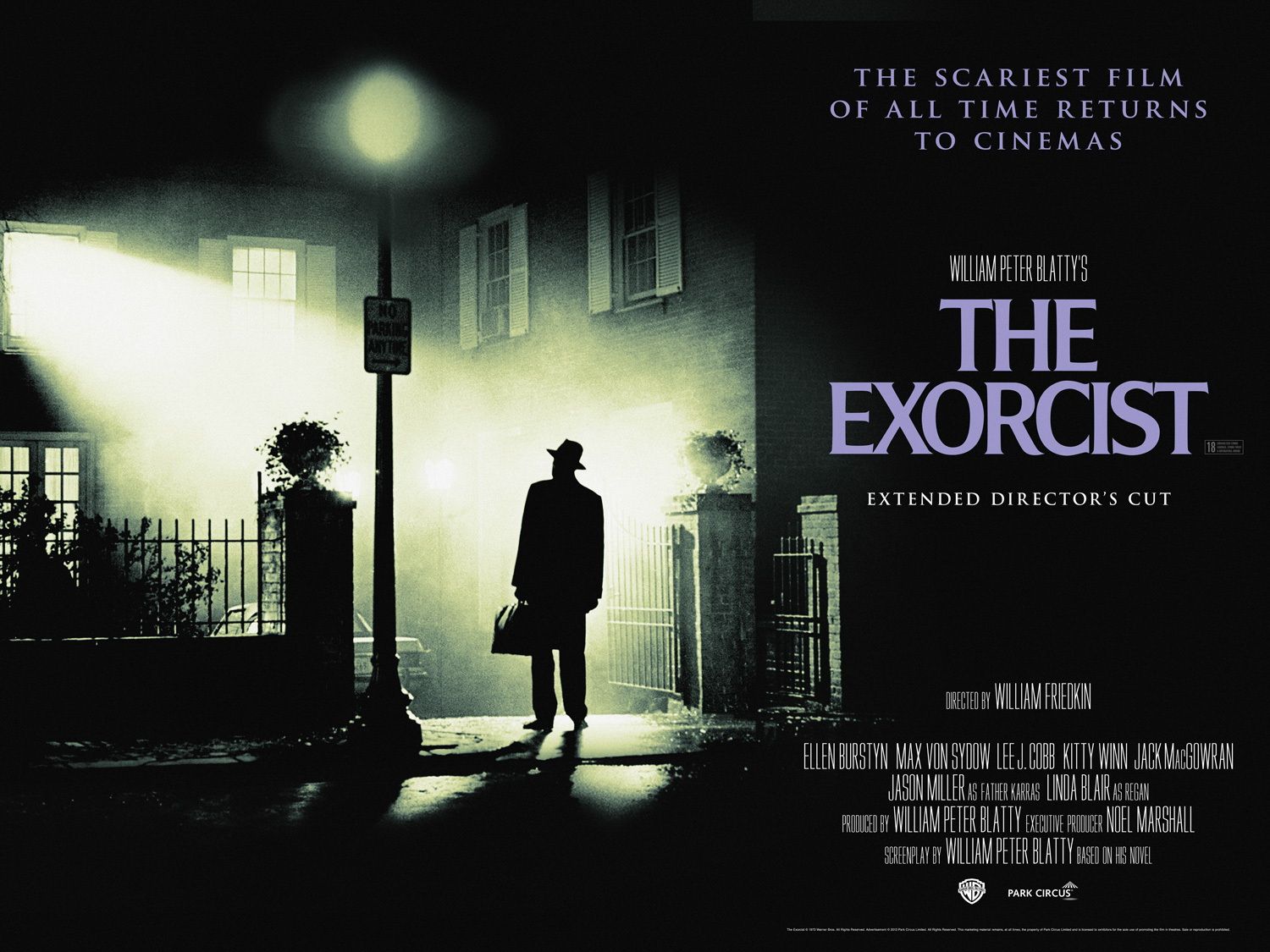
6. **The Exorcist (1973)**Many cinephiles and critics alike will argue that William Friedkin’s *The Exorcist* might just be the scariest movie of all time, and for good reason. This satanic film exploded onto the scene in 1973, leaving audiences stunned with its relentless terror, groundbreaking practical effects, and performances that transcended mere acting, becoming etched into cinematic history.
The narrative centers on Regan (Linda Blair), a young girl possessed by a malevolent demon, and the desperate efforts of two priests to rid her of its grip. The film is full of “bonkers practical effects” that were revolutionary for their time, making the visceral horror of demonic possession disturbingly real. Linda Blair’s portrayal of Regan is nothing short of iconic, a deeply disturbing transformation that captured the nightmares of a generation.
*The Exorcist*’s cultural impact was immense, provoking strong reactions and sparking widespread discussion about faith, evil, and the boundaries of cinema. Its raw intensity and theological underpinnings give it a depth rarely seen in horror. It’s a film that pushes boundaries, confronts the darkest aspects of the supernatural, and remains a powerful, terrifying experience that, once seen, is never forgotten, solidifying its status as an enduring classic of the genre.
Read more about: The Science of Fear: Unmasking the Decade’s Scariest Horror Films, Crowned by Data and Critics

7. **Jaws (1975)**Steven Spielberg, a name synonymous with cinematic magic, truly made one of the scariest movies of all time with 1975’s *Jaws*. What’s truly remarkable about this film is that, unlike many horror entries that rely on the cloak of darkness, *Jaws* is almost entirely set in the stark, revealing light of day. This creative choice only amplifies the terror, proving that fear can stalk us even in the brightest hours.
Spielberg masterfully created an iconic movie monster in a blood-thirsty shark, a creature that terrorizes the unsuspecting residents and tourists of a Cape Cod beach. The shark becomes more than just an animal; it’s an embodiment of primal fear, an unstoppable force of nature. The tension he built, even when the shark was unseen, was groundbreaking, proving that anticipation and dread can be far more potent than explicit gore. You may be more hesitant to dip your toes in the water after your next watch.
The critics’ consensus accurately captures its enduring brilliance, describing *Jaws* as “compelling, well-crafted storytelling and a judicious sense of terror.” It ensures that Steven Spielberg’s *Jaws* “has remained a benchmark in the art of delivering modern blockbuster thrills.” This film didn’t just scare; it redefined what a summer blockbuster could be, blending high-stakes suspense with deeply human characters, and leaving an indelible mark on cinematic history and our collective fear of the ocean.
Having journeyed through the foundational terrors that flickered on screens, we now pivot to the subsequent waves of fear that profoundly reshaped the horror landscape. The genre, ever-evolving, moved beyond silent screams and classic monsters to explore deeper psychological abysses, the relentless reign of masked slashers, and the chilling insights of contemporary horror. These films didn’t just build on predecessors; they pioneered new avenues of dread, proving the human capacity for creating and experiencing fear is boundless. This next set of classics dissects pivotal moments in horror, pushing cinematic terror’s boundaries, influencing pop culture, and birthing new tropes. Prepare to explore films that perfected jump scares, twisted minds with psychological torment, and reflected societal anxieties in unsettling ways.
Read more about: Behind the Hollywood Curtain: The Brutal Editing Processes That Forged Blockbuster Legends
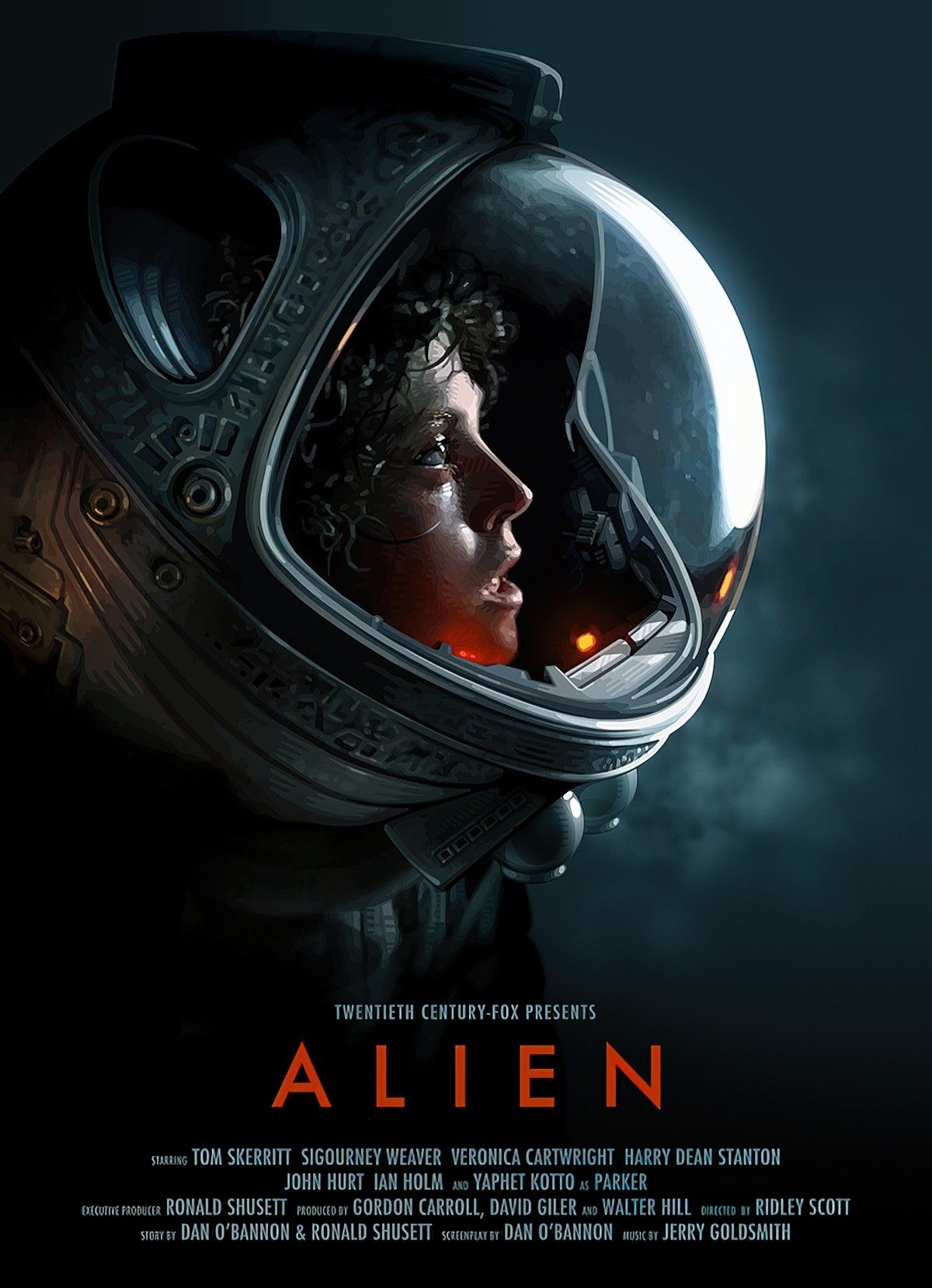
8. **Alien (1979)**Ridley Scott’s *Alien* burst onto the scene in 1979, proving that horror could thrive not just in haunted houses, but in the cold, unforgiving vacuum of deep space. This iconic outer-space film introduced audiences to a ruthless killing machine that methodically stalks and eliminates the crew of the commercial starship Nostromo, one by one. It masterfully blends science fiction and horror, creating a terrifying, claustrophobic experience that redefines space as ultimate vulnerability.
The film’s genius lies in its relentless, slow-burn tension, allowing the unseen creature to build immense dread before its horrifying reveal. As critics note, *Alien* is “a modern classic” that “blends science fiction, horror and bleak poetry into a seamless whole.” Sigourney Weaver’s groundbreaking portrayal of Ripley established a new archetype for female protagonists, showcasing intelligence and resilience against insurmountable odds.
*Alien* didn’t just deliver scares; it created a fully realized, terrifying ecosystem with the Xenomorph, a creature of unsettling biological design. Its influence on subsequent sci-fi and horror films is immeasurable, solidifying its place as a pivotal work that demonstrated how a singular, monstrous entity could create everlasting terror. It defined a new standard for creature features that emphasized psychological strain as much as overt violence.
Read more about: A Rollercoaster of Regret: 15 Movies That Only Get More Disappointing
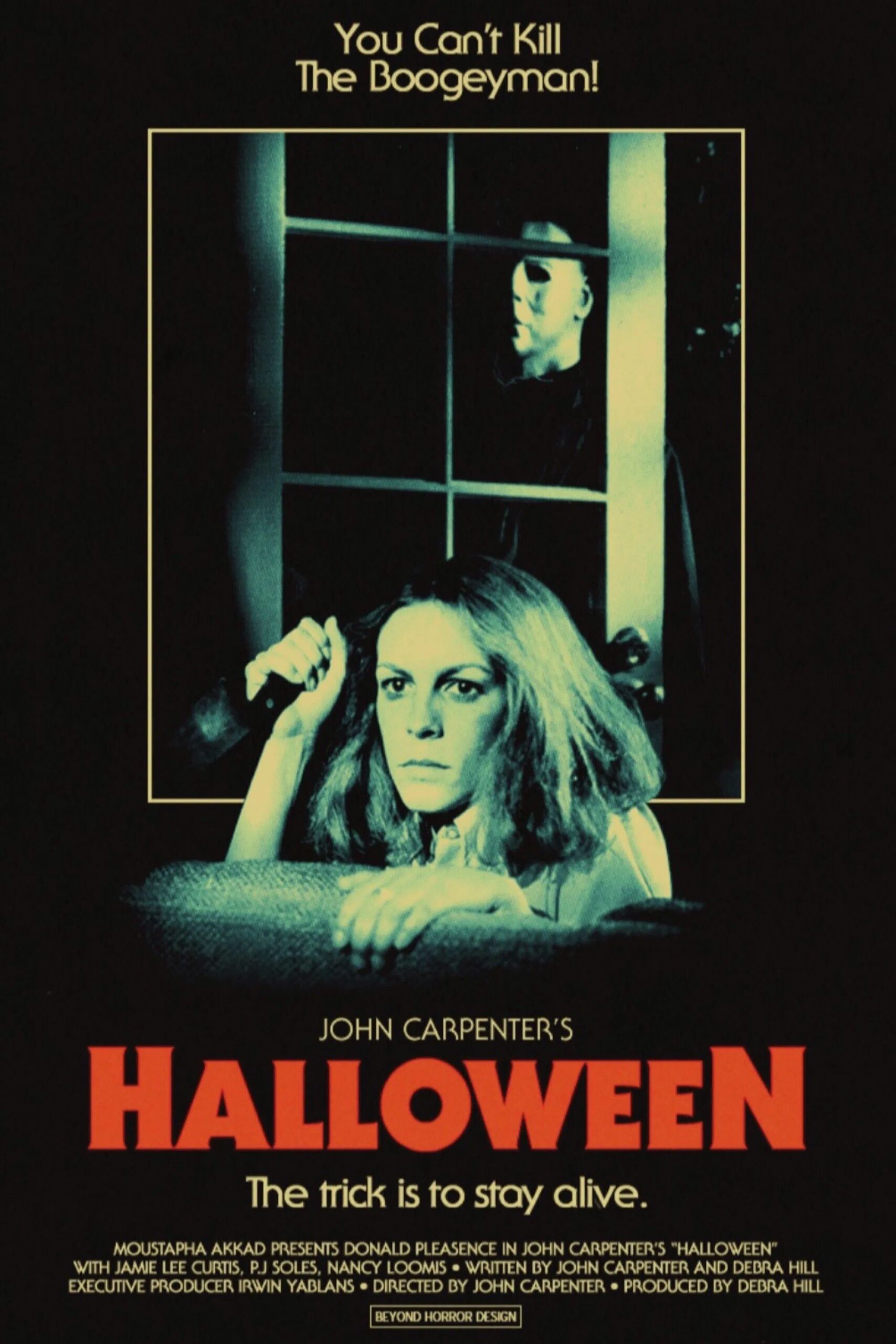
9. **Halloween (1978)**When it comes to the slasher genre, John Carpenter’s *Halloween* (1978) isn’t just a classic; it’s the undeniable blueprint. This seminal film solidified the slasher concept’s core tenets, forever altering horror’s landscape. It expertly revealed the eerie underbelly of suburbia, transforming the seemingly safe streets of Haddonfield into a hunting ground for an unstoppable, masked killer.
Carpenter’s minimalist approach, coupled with his iconic, pulsing synth score, created a pervasive atmosphere of dread. The silent, almost supernatural presence of Michael Myers, stalking teenager Laurie Strode, epitomized the “masked murderer” trope and set the gold standard. Jamie Lee Curtis’s unforgettable performance as the resourceful, terrified Laurie, crowned the original “Scream Queen,” anchored the film with relatable vulnerability and strength.
*Halloween* set the benchmark for modern horror, described by critics as “scary, suspenseful, and viscerally thrilling.” Its impact extends beyond mere scares, establishing many enduring genre clichés—from the final girl to the indestructible villain. This film taught generations that true terror often lurks just beneath everyday life, making it a cornerstone of the slasher reign.
Read more about: The Science of Fear: Unmasking the Decade’s Scariest Horror Films, Crowned by Data and Critics
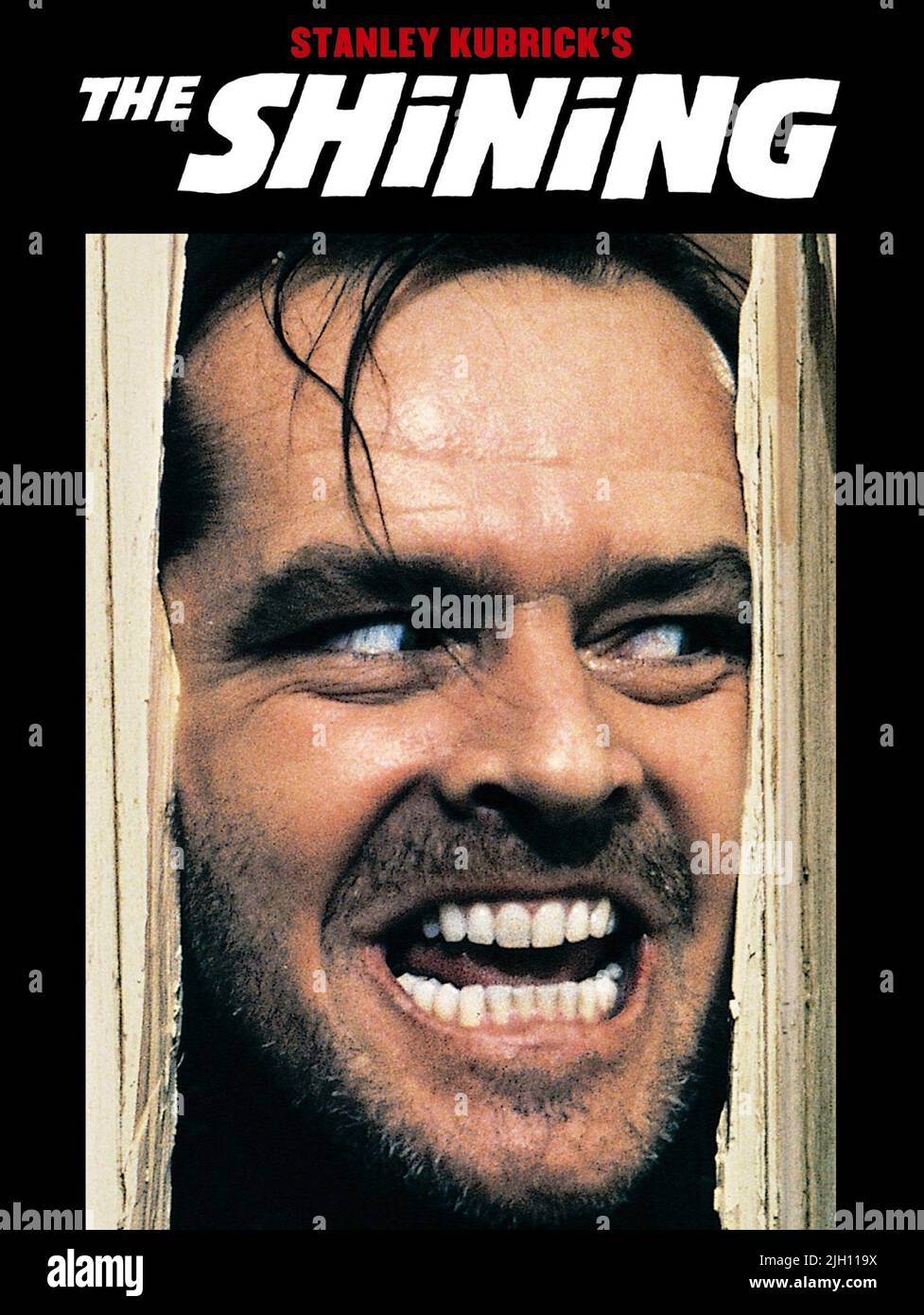
10. **The Shining (1980)**Stanley Kubrick’s 1980 adaptation of Stephen King’s *The Shining* is not merely a horror film; it’s a chilling, psychological mind trip delving into the terrifying descent into madness. This masterpiece took the haunted house trope to new, dizzying heights by focusing on insidious ways isolation and malevolent forces can unravel the human psyche, rather than relying on jump scares. All work and no play, indeed, makes people lose their minds.
Jack Nicholson delivers an iconic, unhinged performance as Jack Torrance, the writer and recovering alcoholic who takes a winter caretaker job at the remote Overlook Hotel with his family. As the hotel’s sinister history and supernatural entities begin to exert their influence, Jack’s sanity deteriorates, turning him into a terrifying threat. The film’s sprawling, unsettling architecture and its cryptic imagery become characters, amplifying the pervasive sense of dread.
Critics universally praise *The Shining* for its unparalleled psychological depth and its ability to haunt viewers long after the credits roll. It stands as a testament to atmospheric horror, demonstrating how suggestion, symbolism, and a terrifying exploration of mental breakdown can be far more disturbing than any creature feature. This film’s lasting impact on pop culture, from its memorable lines to its enduring imagery, solidifies its status as a timeless classic.
Read more about: The Science of Fear: Unmasking the Decade’s Scariest Horror Films, Crowned by Data and Critics
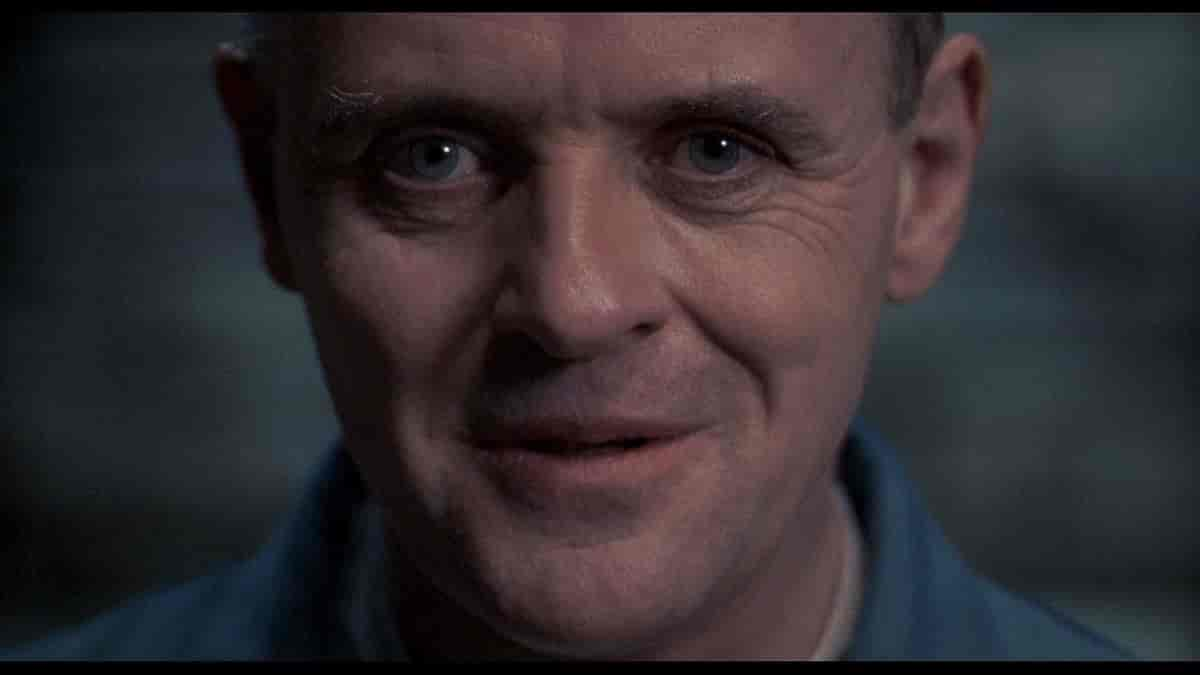
11. **The Silence of the Lambs (1991)**Moving into the 90s, Jonathan Demme’s *The Silence of the Lambs* (1991) proved that horror could achieve critical acclaim and mainstream success, even winning the Best Picture Oscar—a feat still unique for a horror film. This procedural puts the psychological aspect front and center, immersing viewers in a chilling cat-and-mouse game between an ambitious FBI profiler and a brilliant, cannibalistic serial killer.
The film’s brilliance lies in the iconic, unsettling dynamic between FBI trainee Clarice Starling (Jodie Foster) and the incarcerated Dr. Hannibal Lecter (Anthony Hopkins). Their intense conversations are the heart of the film, as Lecter, with his chilling intellect and unsettling presence, offers clues to catch another serial killer, Buffalo Bill, in exchange for insights into Starling’s own past. Hopkins’s portrayal of Lecter is a masterclass in controlled menace, creating one of cinema’s most memorable villains.
As critics highlight, this “smart, taut thriller teeters on the edge between psychological study and all-out horror,” benefiting “greatly from stellar performances.” *The Silence of the Lambs* redefined psychological horror, showing how terror could be born from intellectual manipulation and the darkest corners of the human psyche. Its profound impact on crime thrillers and the horror genre ensures its place as an absolute classic.
Read more about: Can You Solve These? 8 Whodunit Movies That Are Absolutely Perfect From Start To Finish!

12. **The Blair Witch Project (1999)**Just before the turn of the millennium, *The Blair Witch Project* (1999) unleashed a low-budget phenomenon that single-handedly changed the game in scary movies, irrevocably paving the way for the found-footage genre. Shot with a deceptively simple premise—three film students vanish while documenting a local legend—the film leveraged nascent internet culture and guerrilla marketing to convince audiences they were watching genuine recovered footage, blurring fiction and horrifying reality.
The sheer effectiveness of *The Blair Witch Project* lies in its commitment to psychological horror and what *isn’t* shown. The unseen witch, the escalating fear of the characters, and the shaky, handheld camera work immerse the viewer directly into their terrifying ordeal. It proved that primal fear, dread, and human imagination could be far more potent than expensive special effects, setting box office records with its innovative approach.
This film became an instant cultural touchstone, generating widespread discussion and influencing a cascade of found-footage horror in its wake. It taught filmmakers that resourcefulness and deep psychological terror could yield immense success, creating an intimate, visceral experience of fear. *The Blair Witch Project* stands as a monumental entry, showcasing how innovation in storytelling can redefine true horror.
Read more about: The Science of Fear: Unmasking the Decade’s Scariest Horror Films, Crowned by Data and Critics

13. **Let the Right One In (2008)**As horror continued its evolution into the 21st century, films like the Swedish vampire masterpiece *Let the Right One In* (2008) emerged, proving that the genre could still be both profoundly moving and chillingly terrifying. This critically acclaimed film reinvigorates the seemingly tired vampire genre by “effectively mixing scares with intelligent storytelling,” offering a sophisticated psychological thriller wrapped in a supernatural narrative.
The movie beautifully explores the budding, unconventional friendship between Oskar, a sensitive, bullied 12-year-old boy living in suburban Sweden, and his mysterious new neighbor, Eli, who is secretly a vampire. Their bond forms against a backdrop of chilling supernatural occurrences and the bleak realities of childhood isolation. The film cleverly toys with vampire clichés to deliver something fresh and deeply resonant, emphasizing emotional depth alongside its moments of brutal horror.
*Let the Right One In* is a must-see for any connoisseur of horror classics, skillfully blending classic themes with sophisticated psychological thrills. Its nuanced portrayal of youth, loneliness, and the dark allure of the supernatural cemented its place as a “modern classic” and a benchmark for “elevated horror” that engages both the mind and the gut. This film exemplifies how the genre can evolve beyond mere jump scares into something artful and enduringly impactful.
Read more about: Decoding Pixar: How Innovation, Strategic Shifts, and Creative Vision Forged an Animation Empire
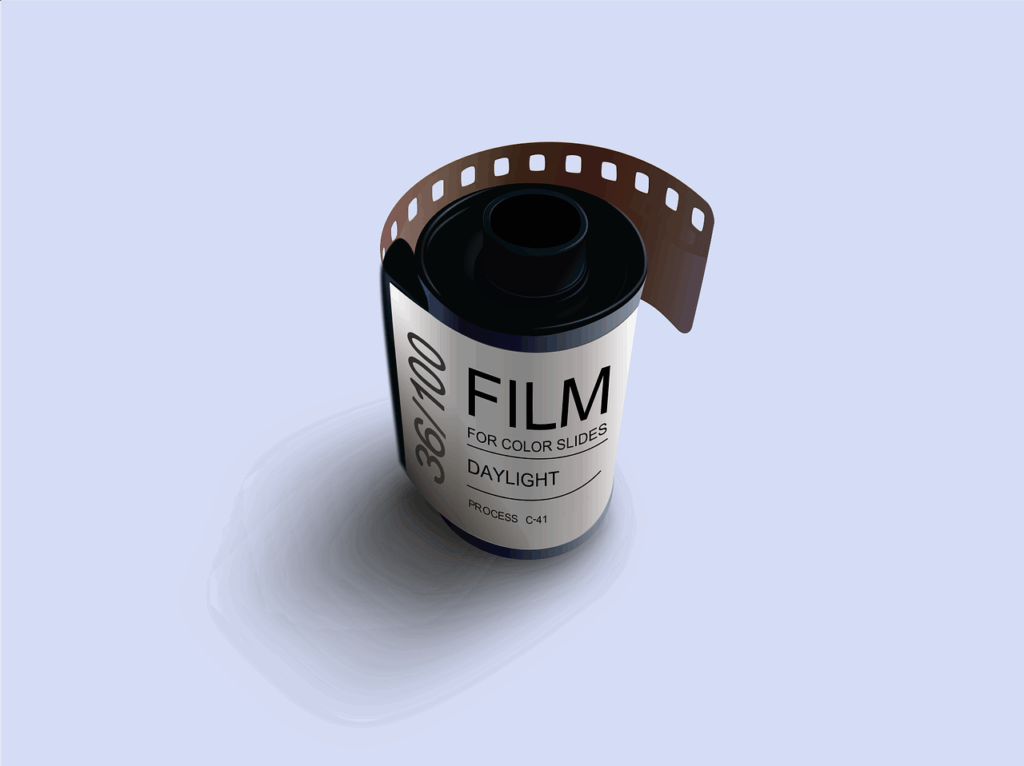
14. **Get Out (2017)**Jordan Peele’s *Get Out* (2017) is a game-changing social thriller that achieved instant classic status upon its release, proving that classics can be released at any time. This film masterfully fuses sharp social commentary with genuinely terrifying horror, creating a work that is “funny, scary, and thought-provoking” all at once. It marked a significant turning point for the genre, ushering in an era of “elevated horror” that fearlessly tackled complex societal issues.
The narrative follows Chris, a young Black man, as he meets his white girlfriend Rose’s parents for the first time, only to uncover a sinister, racially charged conspiracy. Peele expertly crafts a suffocating atmosphere of unease and dread, transforming polite, liberal society into a landscape of insidious terror. Daniel Kaluuya’s powerful performance as Chris anchors the film, conveying a growing sense of paranoia and helplessness that is incredibly palpable.
*Get Out* seamlessly weaves its trenchant social critiques into a “brilliantly effective and entertaining horror/comedy thrill ride,” as critics perfectly encapsulate. Its ability to dissect profound anxieties about race, identity, and privilege through the lens of horror made it a cultural phenomenon. This film didn’t just scare audiences; it made them think, cementing its place as a groundbreaking classic that continues to resonate deeply and spark important conversations.
Read more about: Flying Drones? Avoid Louisiana’s $2000 Fine & Navigate Strict Rules Across Key States
And so, our spine-tingling journey through the annals of horror concludes, but the scares, the insights, and the sheer artistry of these films linger on. From the shadowy figures of the silent era to the social critiques of modern masterpieces, each classic we’ve explored is a testament to the genre’s enduring power and its remarkable ability to evolve, adapt, and continually tap into our deepest, most primal fears. These aren’t just movies; they are cultural touchstones, cinematic milestones, and eternal reminders that sometimes, the greatest thrill is found in the dark.

